Willem de Kooning in 5 Works: A Look at the Abstract Expressionist Master
Willem de Kooning was a pivotal figure in 20th-century art and a leading force in Abstract Expressionism. His dynamic brushwork, complex...
Carlotta Mazzoli 18 July 2024
“Jackson Pollock. Is he the greatest living painter in the United States?” was the question posed in Life Magazine in 1949, marking the very beginning of, at the time, a relatively unknown artist’s rise to fame. Jackson Pollock quickly became the face of Abstract Expressionism—he turned painting into a ritualistic performance, alternating the art-making process as an activity that took place in time and made use of the body.
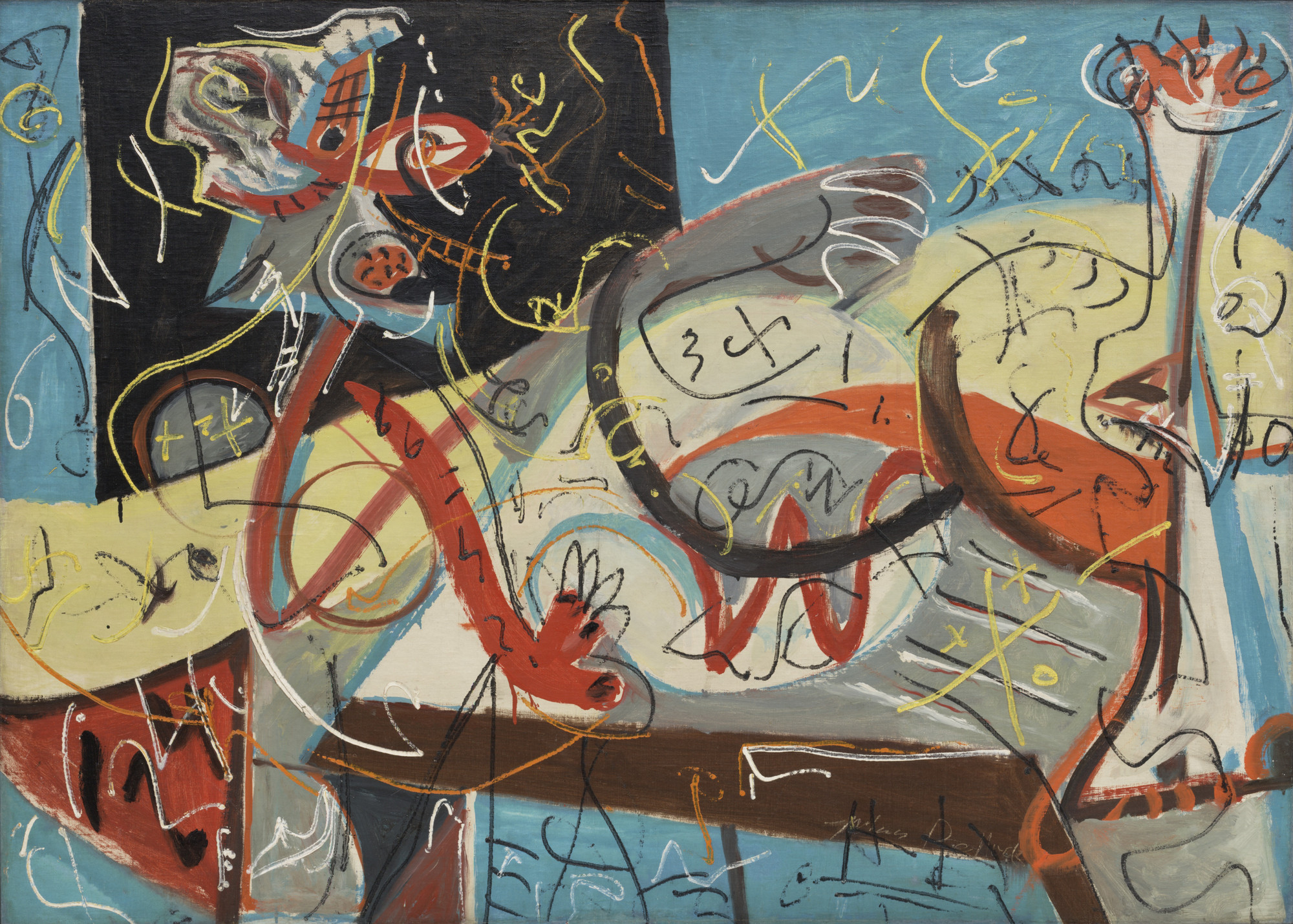
Pollock was an American artist born in Wyoming in 1912. He moved to New York in 1930 where he studied under Thomas Hart Benton, the head of American Regionalism, an art movement that turned away from modernism and returned to figurative painting. Although Pollock might seem like he rebelled against his mentor, the two men actually shared the same dream and goal: they both aimed to portray the current state of American life, as dynamic as it might seem from their works.
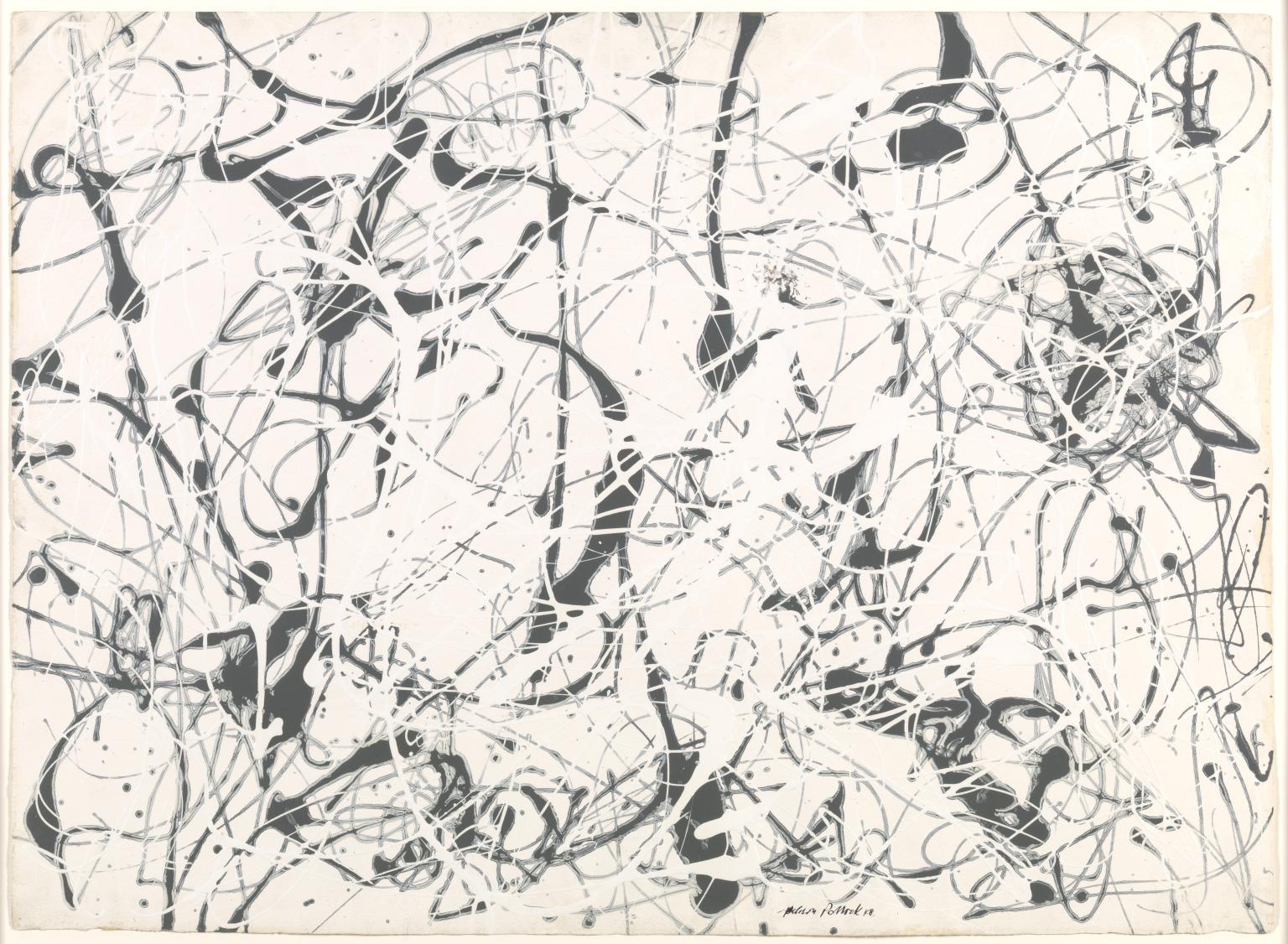
Contracted by Peggy Guggenheim to make a large artwork in her house, Pollock created Mural between 1943 and 1944. Its composition extends over the canvas, an all-over technique pioneered by Mark Tobey. Strokes on the painting were existing on their own, were self-sufficient, and less and less attached to what they were representing.
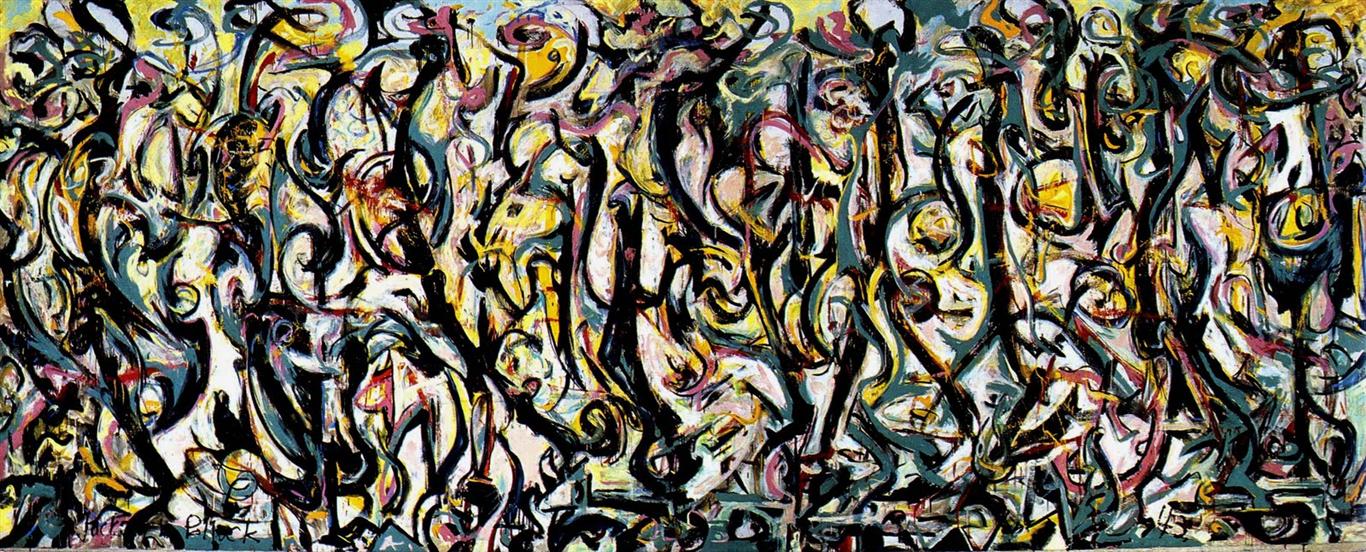
The year 1948 marks the start of his series of drip paintings, a technique in which the paint is dripped or poured directly onto canvas. Pollock was placing his canvas on the ground and poured paint from a can above it, trailing it with a stick or a brush.
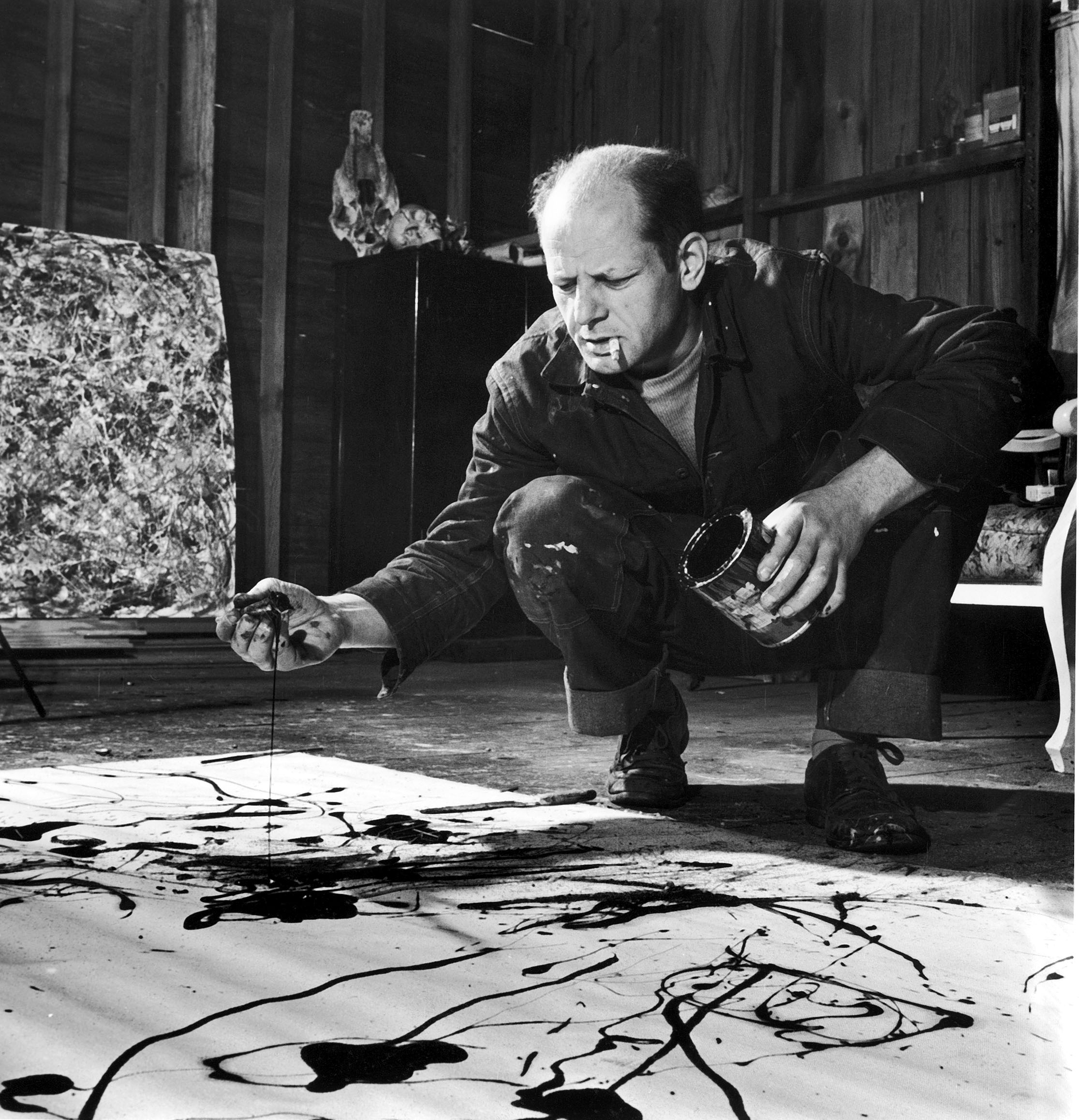
Interestingly enough, in London, that kind of art became known as American-type painting—Abstract Expressionism became recognized worldwide. Although the paintings seem like they rely on accidents, critics like Clement Greenberg legitimized them as a legacy of European modernism. Greenberg saw Abstract Expressionism as an art form combining both the purity of form and the medium of painting (flat surface), pointing out that painting was no longer involved in creating an illusion of a three-dimensional world on a two-dimensional canvas.

Although Pollock was undeniably the face of Abstract Expressionism and the avant-garde movement in New York in the 1950s, he also projected extreme masculinity through his art practice and mannerism, reflecting the gender dynamics at the time. The anti-communist sentiments caused by the Cold War and the idea of hyper-masculinity as a goal led to the New York school being an extremely misogynistic, macho-like movement, explicitly excluding female artists from the group. As a result, artists like Lee Krasner were not appreciated at the time of their life, with Krasner, a brilliant painter in her own right, being known as “Jackson Pollock’s wife.”
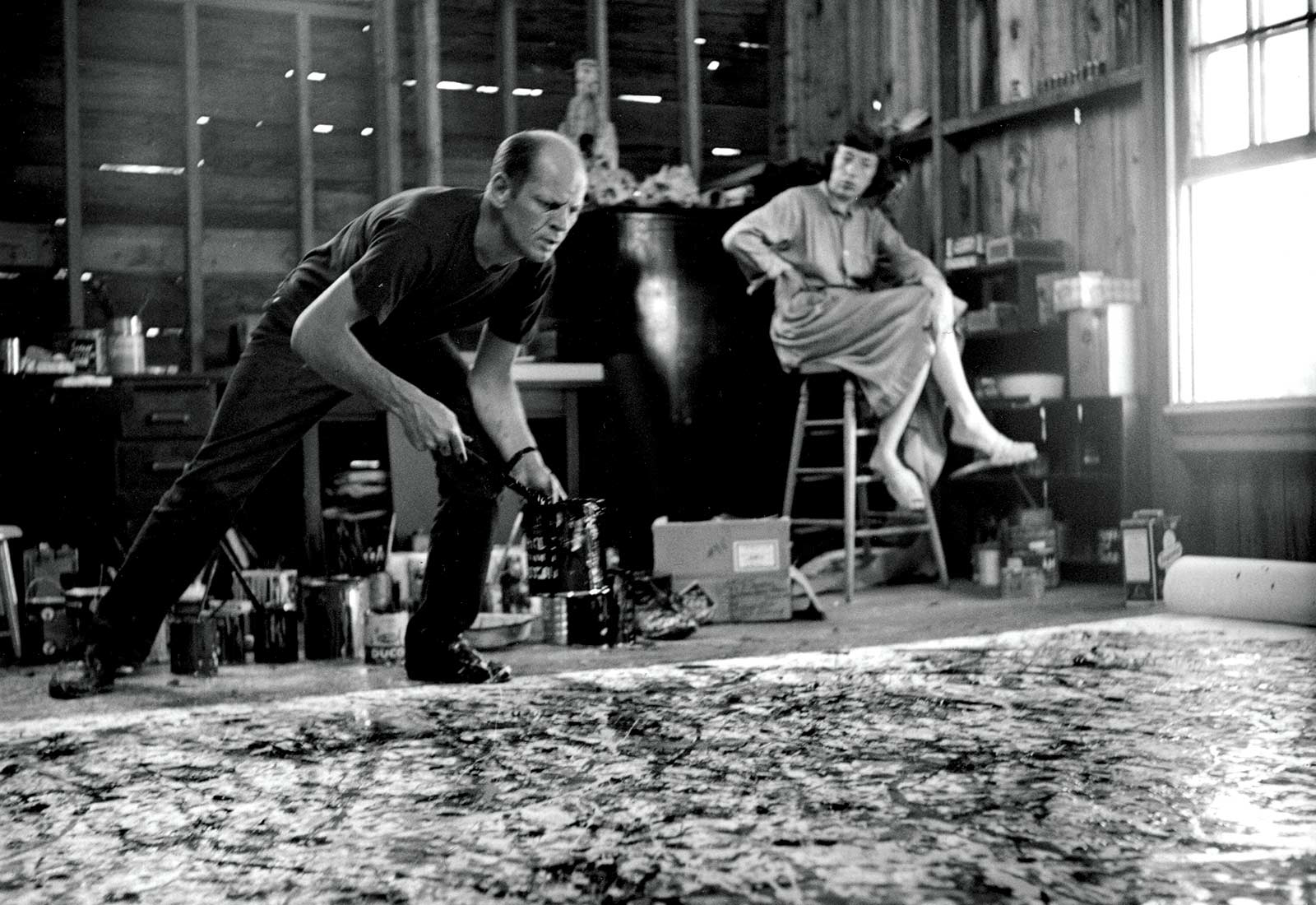
The artist’s work remains important for liberating the artistic instinct with his technique being an amplification of his own senses, movements, and gestures. Pollock’s immediate legacy was certainly felt most by other painters. His work brought together elements of Cubism, Surrealism, and Impressionism, ultimately transcending them all.
DailyArt Magazine needs your support. Every contribution, however big or small, is very valuable for our future. Thanks to it, we will be able to sustain and grow the Magazine. Thank you for your help!